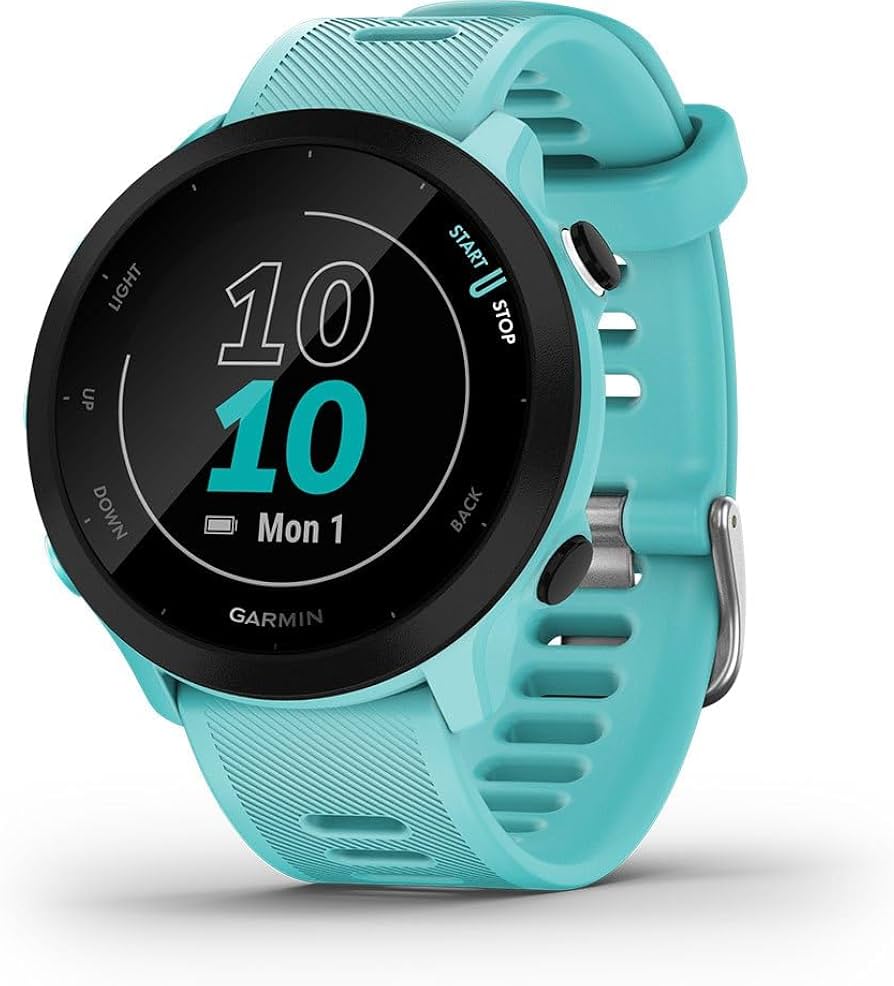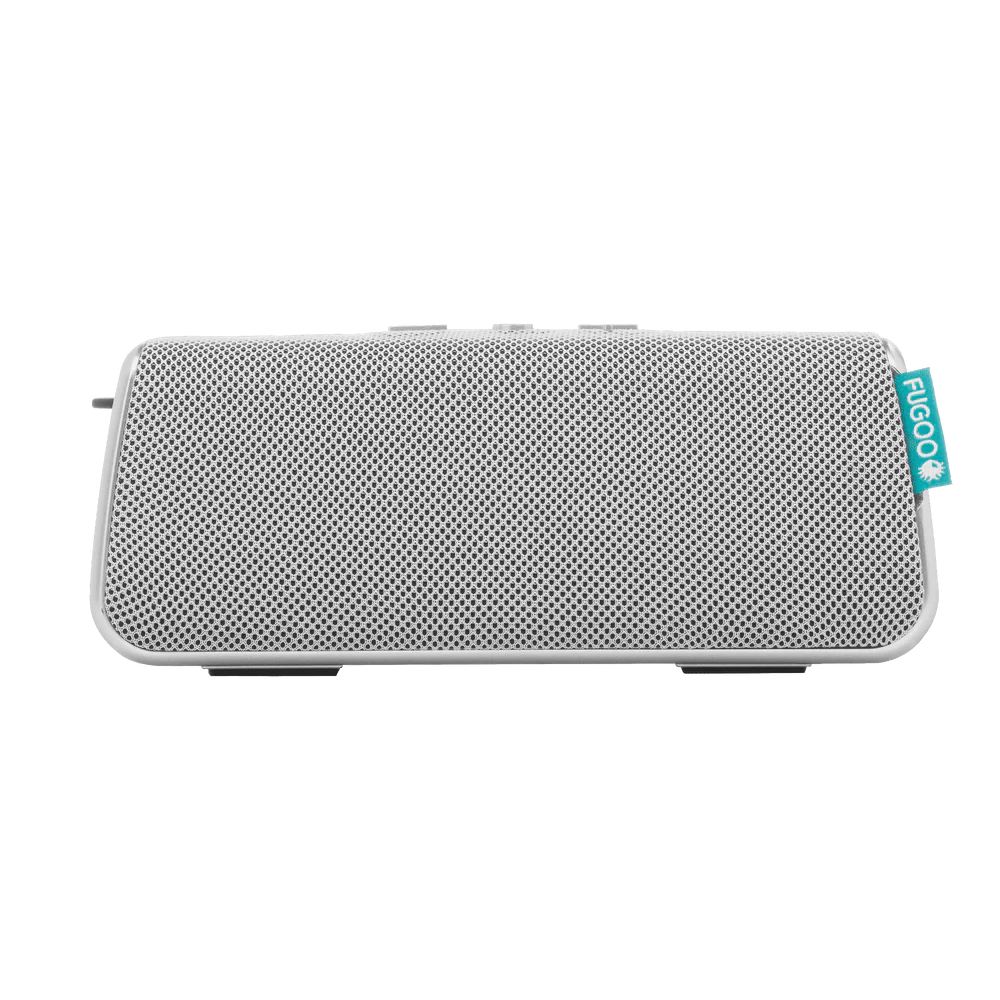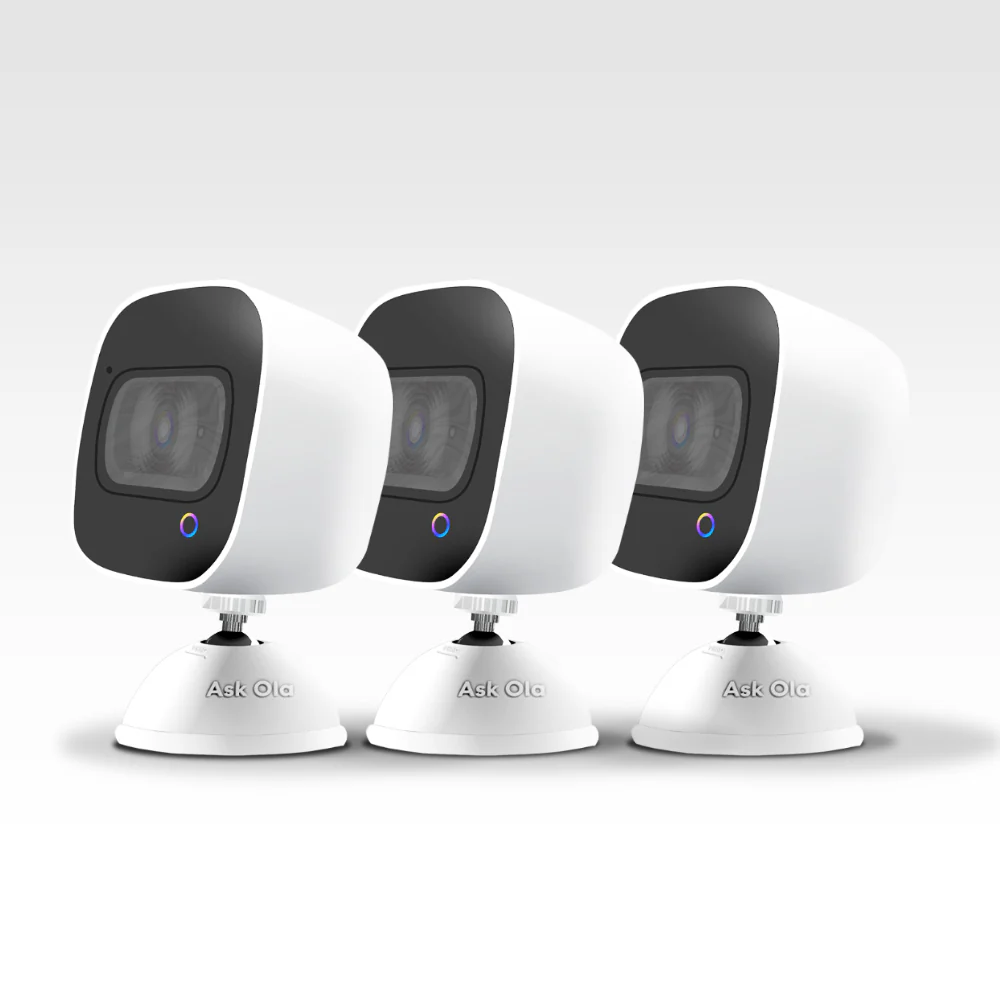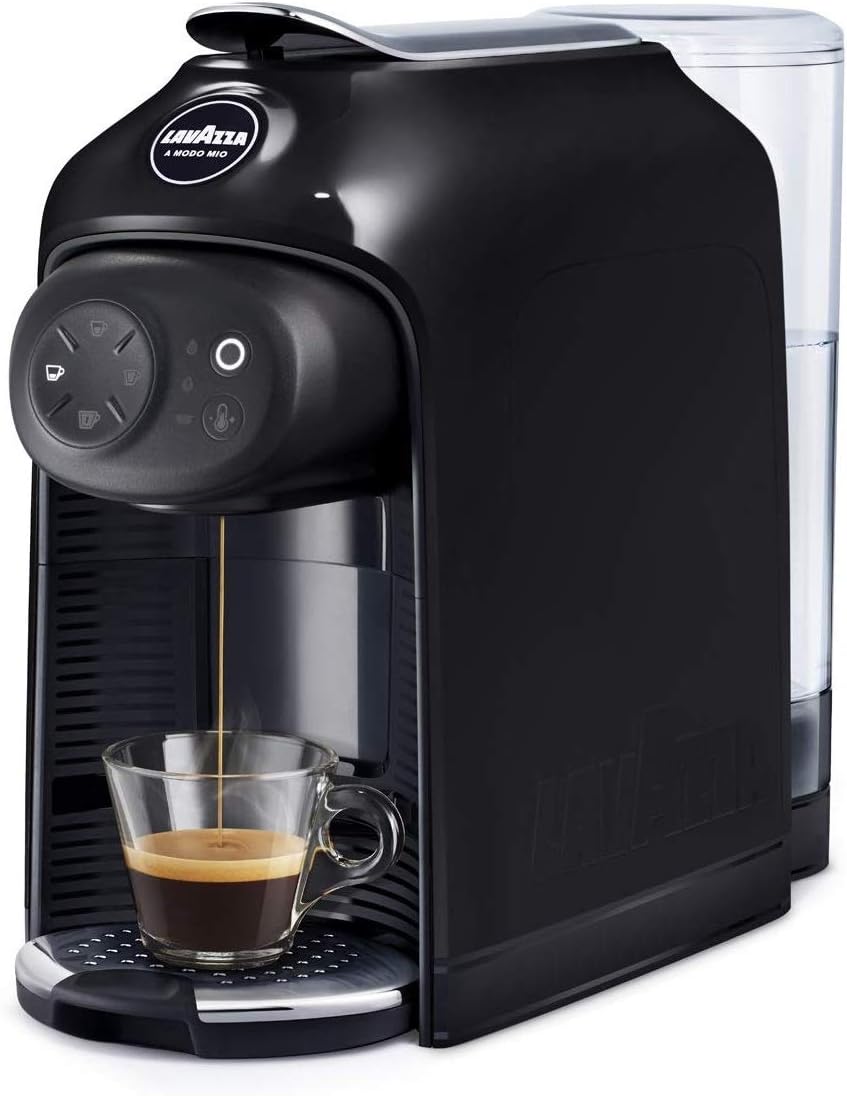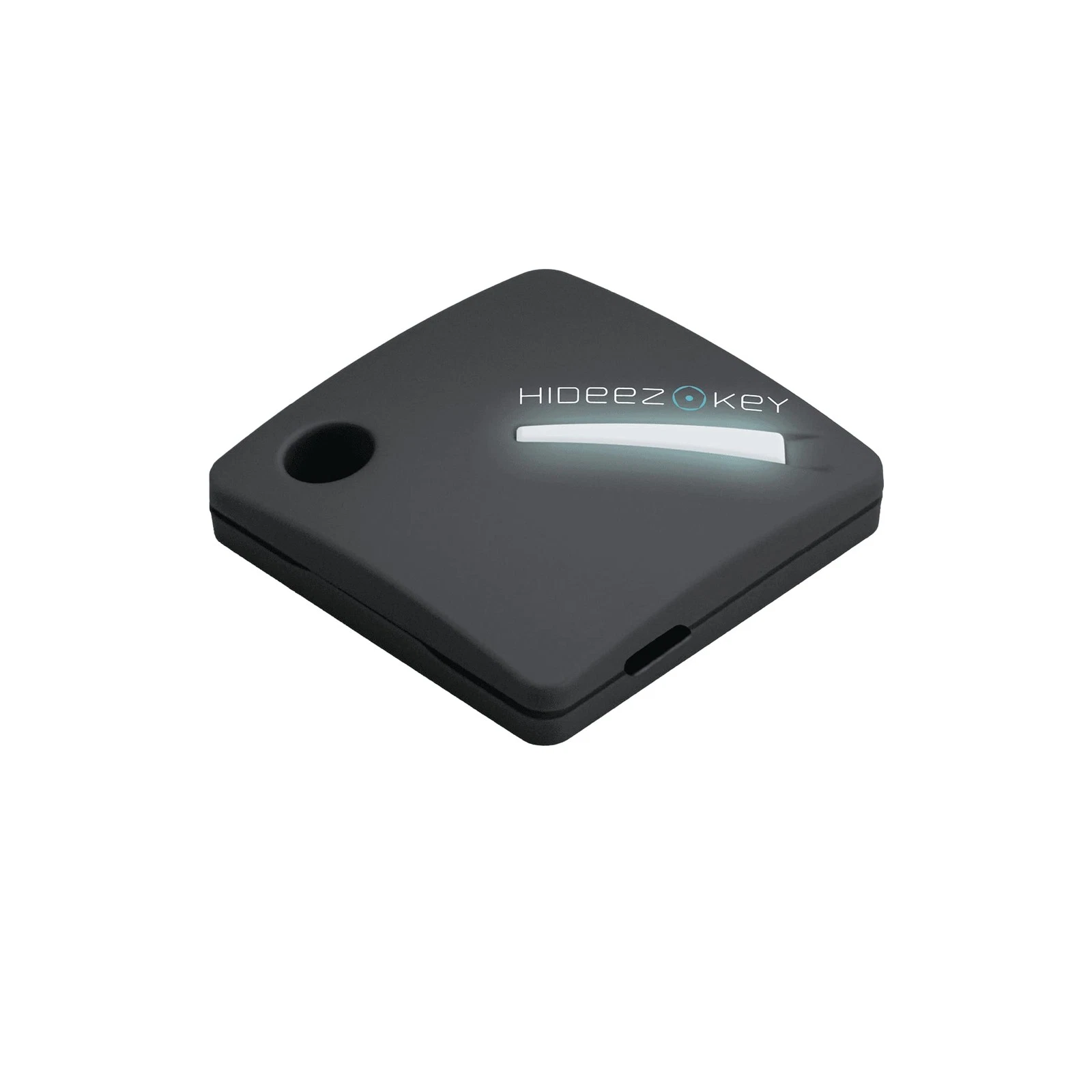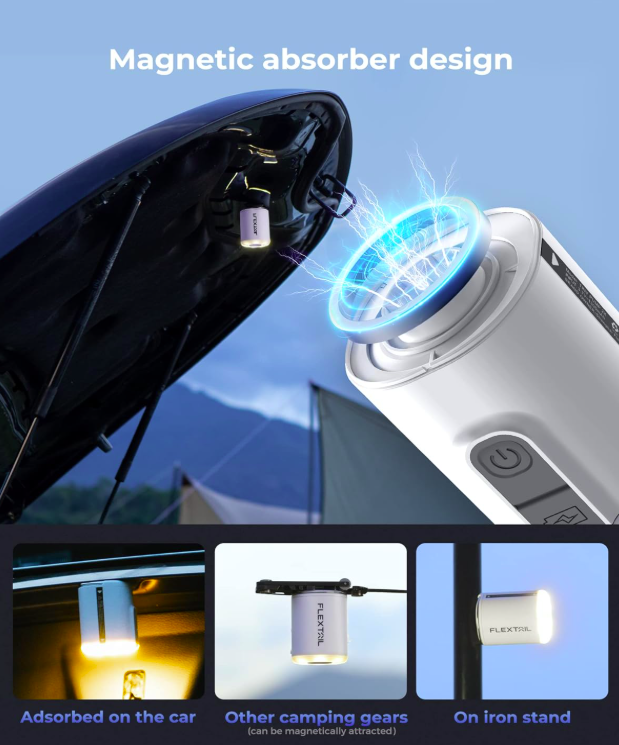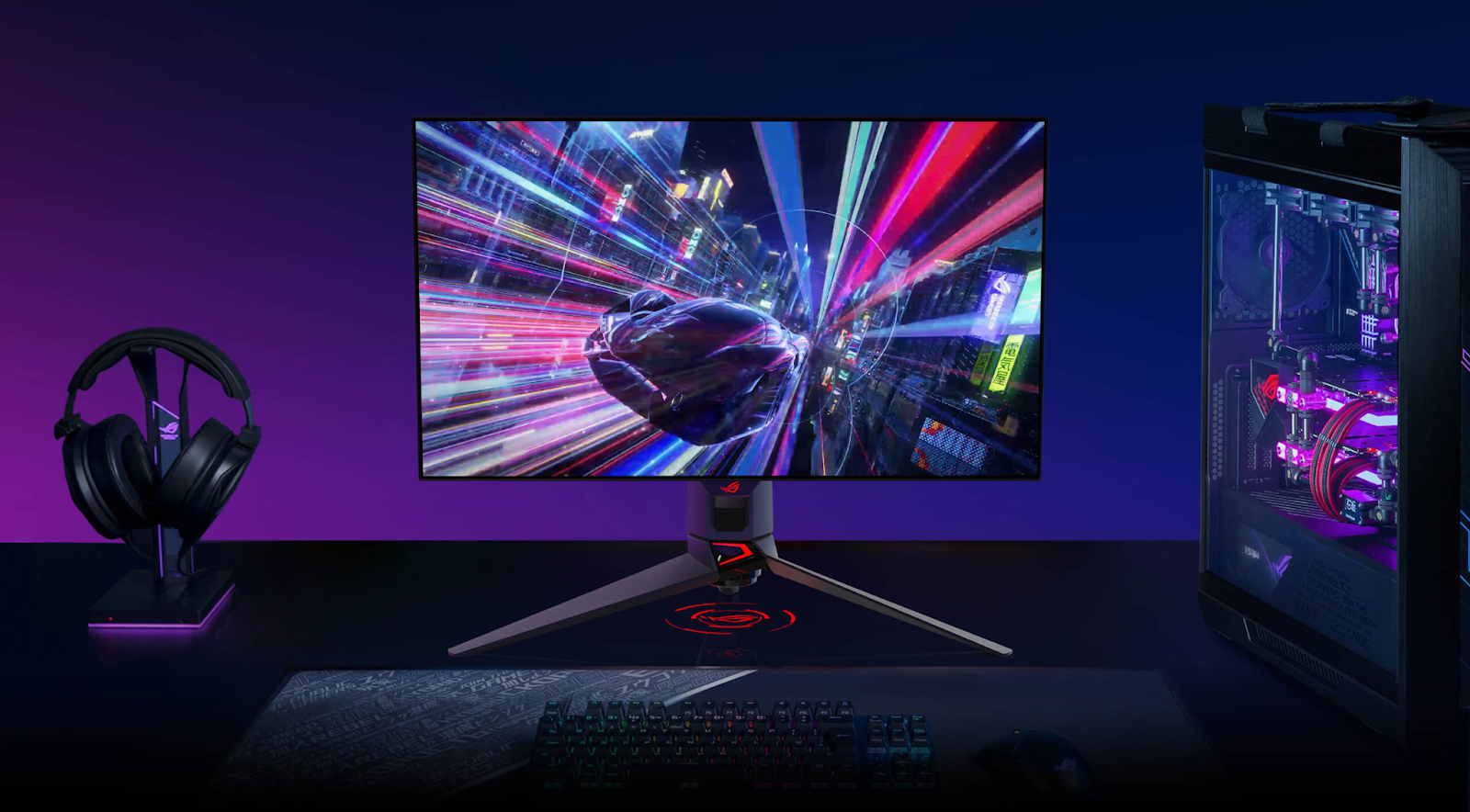For drone enthusiasts, few names generate as much excitement as DJI’s Mavic series. The Mavic 3 Classic, known for its advanced imaging capabilities and intelligent flight systems, is a top-tier drone that has pushed the boundaries of what’s possible in aerial photography and videography. But what happens when you encounter a unit labeled “Display Unit,” “Parts/Repair,” and “Unclassified Demonstration”?
That’s what we explore in this comprehensive article — a full breakdown of the Mavic 3 Classic display unit intended for parts and repair. Whether you’re a professional technician, a curious DIY repairer, or a collector of aerial hardware, understanding what this unit offers can open a world of possibilities.
Shop Mavic 3 Classic Display Unit for Parts/Repair Now
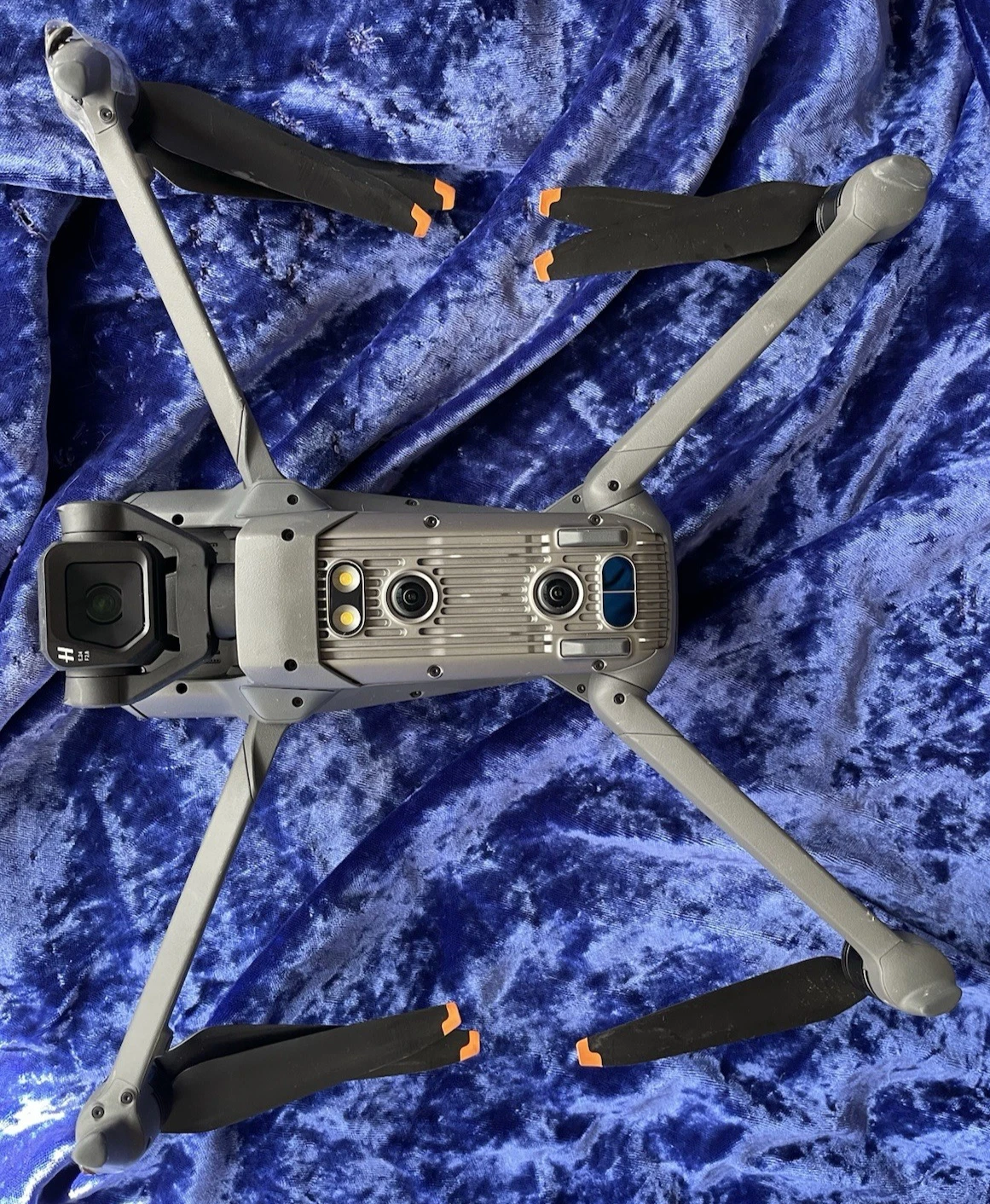
What Is a Display Unit and Why Does It Matter?
A display unit typically refers to a model that was used in-store or for demonstrations. These units may never have flown, or they might have undergone brief functional tests. Often, display units are repurposed for educational, diagnostic, or repair practice.
This is particularly important for:
- Technicians seeking authentic parts
- DIY repairers looking to upgrade broken drones
- Resellers interested in salvaging components
While these units may not be flight-certified, they still contain the genuine DJI parts that make the Mavic 3 Classic such a powerhouse.
Shop Mavic 3 Classic Display Unit for Parts/Repair Now
What to Expect from a Mavic 3 Classic Display Unit
Each display unit is unique, but most share common characteristics:
- May not power on or fly as shipped
- Includes genuine Mavic 3 Classic hardware such as the airframe, motors, gimbal, or sensors
- Missing or limited firmware support, making them best suited for teardown or experimentation
- Ideal for parts harvesting: frame arms, propellers, lens housing, thermal pads, or antenna units
These units serve as non-functional references for engineers and learners. Their value is not in taking off, but in taking apart.
Ideal Use Cases for the Display Unit
Let’s be clear: if you’re expecting a ready-to-fly DJI experience, this isn’t it. But if your goal is repair, restoration, or study, the Mavic 3 Classic parts and repair unit is a goldmine.
1. Component Harvesting
Whether it’s a cracked gimbal housing, a dead flight motor, or a damaged lens cap, parts from the display unit can replace defective components in an operational Mavic 3. Examples include:
- Replacing a broken propeller arm
- Swapping out an optical sensor
- Using the frame for structural rebuild projects
2. Technical Training and Education
Drone repair schools and engineering departments benefit from having real drone components to practice disassembly and reassembly. Students can:
- Understand DJI’s internal architecture
- Learn soldering on compact boards
- Practice gimbal calibration or shell replacement
3. Experimental Modification
Hobbyists and modders can use these units for experimentation without risking functional hardware. Popular mods include:
- Custom paint jobs and shell swaps
- Swapping antennas for increased range
- Trying third-party gimbals or sensors
Shop Mavic 3 Classic Display Unit for Parts/Repair Now
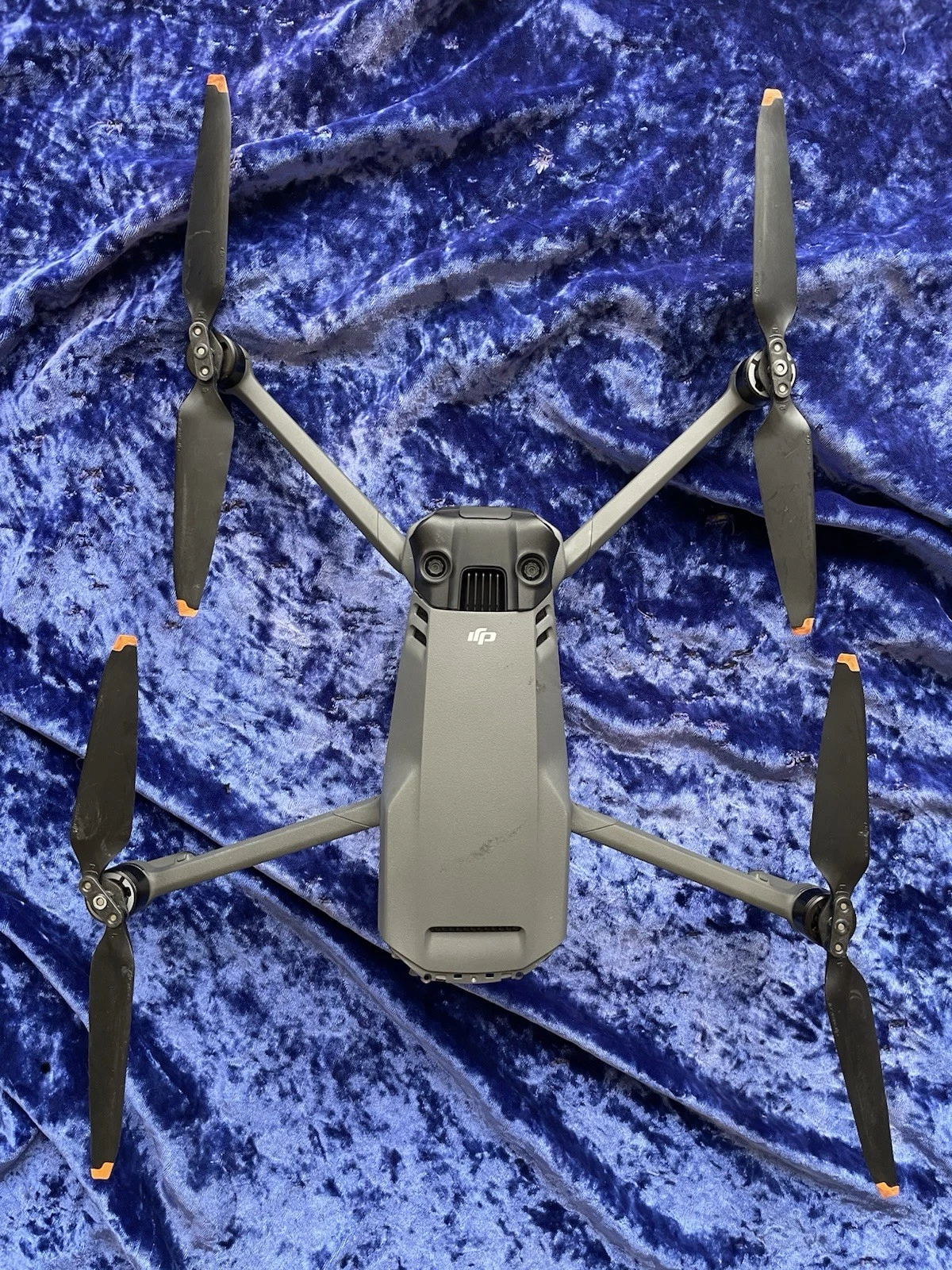
Internal Anatomy: What’s Inside the Mavic 3 Classic?
If you’re planning a teardown, here’s what you can expect to find in a DJI Mavic 3 Classic display unit:
- Cine-quality gimbal camera mount
- Obstacle avoidance sensors (front, bottom, rear)
- Core flight controller board
- GPS/IMU module
- Battery tray and port (though batteries may not be included)
- ESC (Electronic Speed Control) modules for motors
- Active cooling systems such as mini fans or heatsinks
Even if firmware activation is not available, these components offer incredible learning and salvage potential.
Shop Mavic 3 Classic Display Unit for Parts/Repair Now
What’s Likely Not Included or Functional
Because these units are not intended for normal consumer use, be aware of limitations:
- No active warranty or DJI Care coverage
- May be missing batteries, remote, or propellers
- May have non-functional flight firmware
- Activation via DJI Fly app often restricted
- May be locked from updates
This means you should not expect a fully functional flight platform — but that doesn’t diminish its mechanical value.
Buying Considerations: Know Before You Invest
Before purchasing a Mavic 3 Classic display unit for parts and repair, consider the following:
- Are you familiar with DJI hardware?
- Do you have a working unit to swap parts into?
- Are you okay with non-functional firmware?
- Do you need documentation or a teardown guide?
As long as you’re aware of the limitations, this display unit can become a workbench essential — or even a future donor for DIY restoration.
Shop Mavic 3 Classic Display Unit for Parts/Repair Now
Teardown Insights: What You Learn from Opening One Up
Taking apart a Mavic 3 Classic display unit teaches valuable lessons:
- How DJI engineers cram so much into such a compact frame
- Why certain parts fail after crashes or moisture exposure
- How sensors and flight boards interact via ribbon cables
- The thermal architecture for keeping processing boards cool
- Where to apply glue, shielding, or insulation in repairs
It’s like learning drone anatomy — essential knowledge if you want to enter the repair or refurb business.
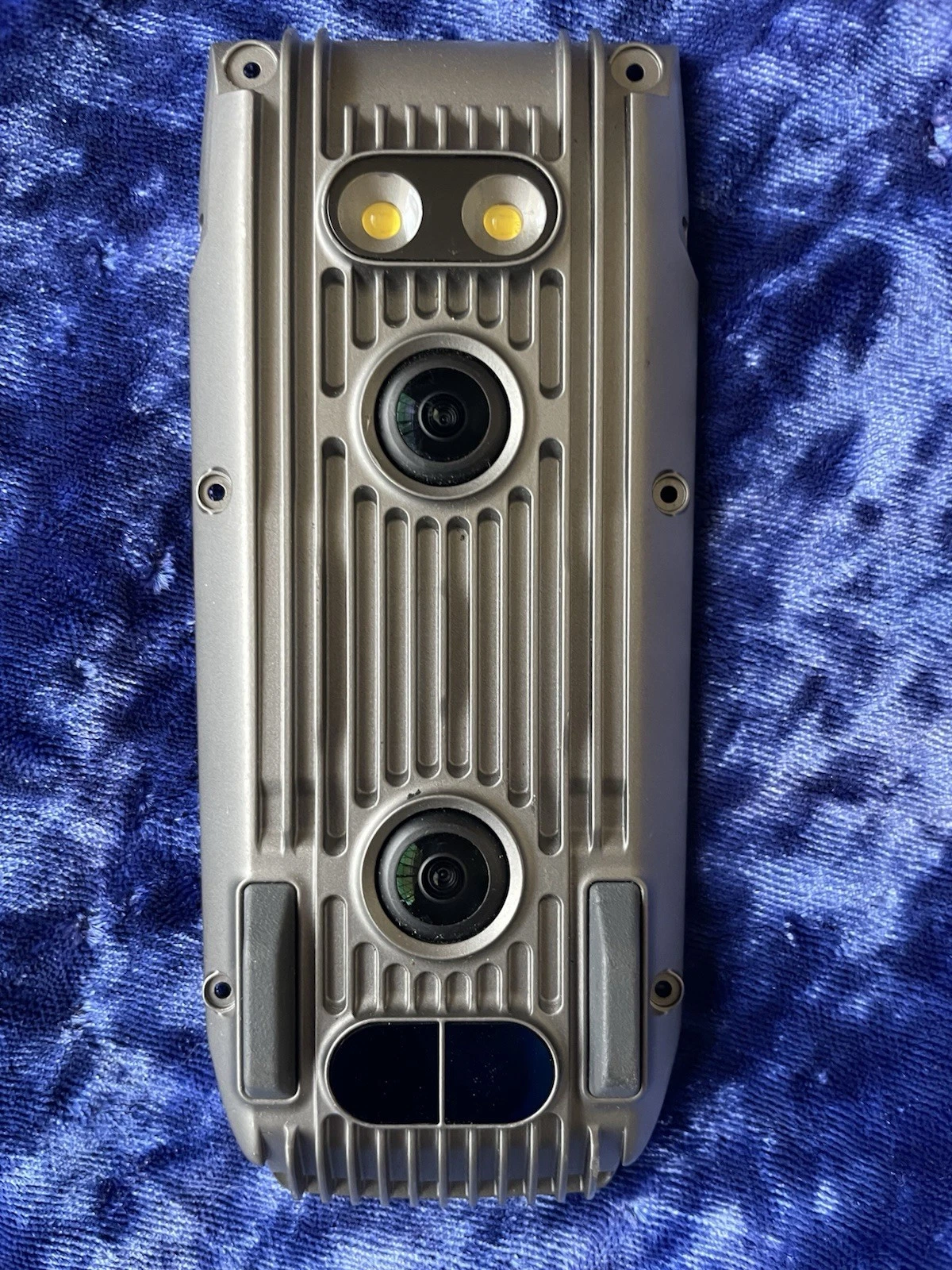
Repair vs. Refurb: When Is It Worth It?
You may wonder: can this display unit ever fly again? The answer is complicated. Without valid firmware and flight activation, full recovery isn’t guaranteed. However, the value lies in restoring other units using its parts.
For example:
- You own a Mavic 3 Classic with gimbal damage, and this unit offers a perfect match.
- Your drone has structural cracks, and the display unit’s shell can be swapped in.
- You need a spare camera lens hood or mounting ring.
That’s where the economics of repair make this unit a cost-effective investment.
Shop Mavic 3 Classic Display Unit for Parts/Repair Now
Who Should Buy the Mavic 3 Classic Display Unit?
This unit isn’t for everyone. It’s ideal for:
- Drone repair technicians and small service shops
- Educators teaching drone engineering or electronics
- Hobbyists and modders building custom drones
- Collectors seeking genuine DJI hardware for dissection or display
- Buyers with broken Mavic 3 units needing verified OEM parts
If you match any of these profiles, it’s worth grabbing before inventory runs out.
Conclusion
The Mavic 3 Classic display unit for parts and repair is not a plug-and-fly drone — and it’s not trying to be. What it offers is arguably more valuable: insight, education, restoration, and possibility. It’s a deconstructed masterpiece ready for those who know how to work with raw potential.
For those who see hardware not as finished products but as puzzle pieces and repair opportunities, this is a unique chance to get inside DJI’s elite architecture.
Shop Mavic 3 Classic Display Unit for Parts/Repair Now
FAQ
- Can this unit be made flight-ready again?
Most likely not. These units are restricted from firmware activation. However, they are great for harvesting parts. - Does it come with a remote controller or charger?
Typically, no. These units are sold as-is for parts, and accessories may not be included. - What are the best parts to salvage?
Gimbal mounts, sensors, airframe shells, GPS modules, motors, and internal boards. - Can I use the camera separately?
Only if you have the expertise and compatible boards. Most users salvage it for similar model replacements. - Is there any warranty on this display unit?
No warranty is provided. Units are sold without coverage from DJI or third-party sellers. - Can this unit be used for firmware testing or custom firmware flashing?
Only by experienced developers. DJI does not support these units for firmware recovery. - Are the motors and fans real?
Yes. Most components are real and functional, just not factory calibrated or activated. - Who should avoid this unit?
General consumers looking for a ready-to-fly drone. This is strictly for technical and educational use.



